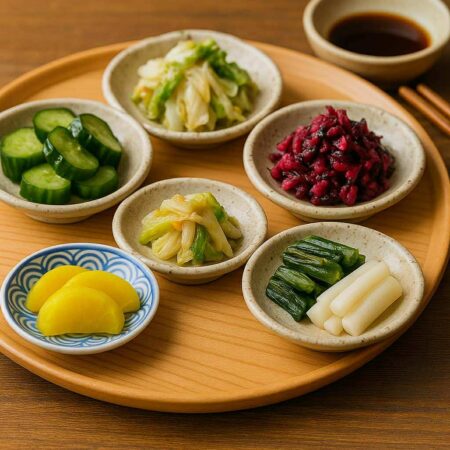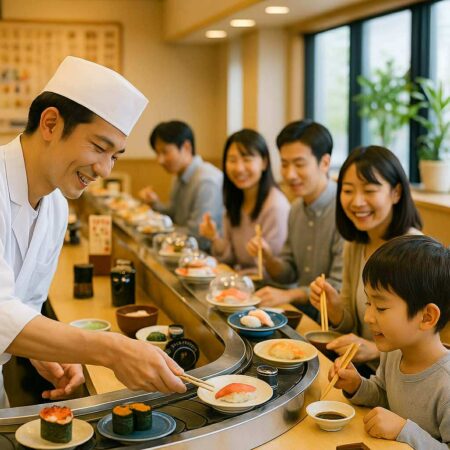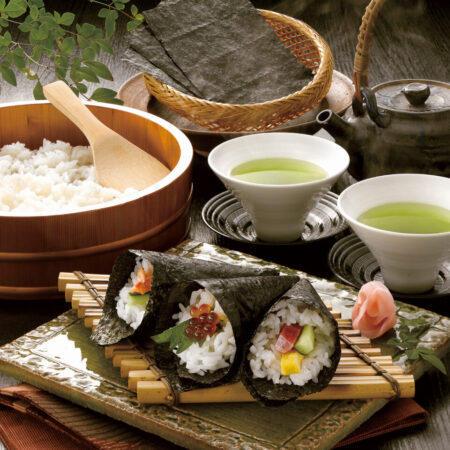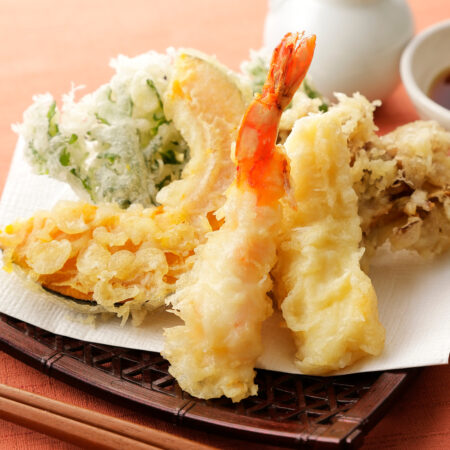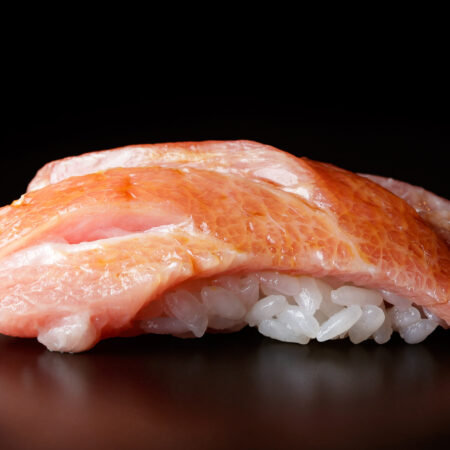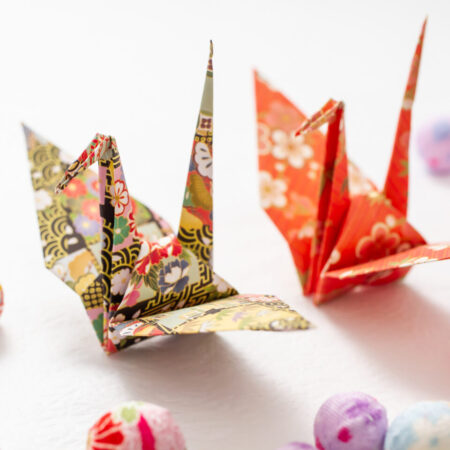What is Temaki Sushi?
Temaki sushi, as the name suggests, refers to sushi rolls that you wrap with your own hands and eat. It is a dish often prepared and enjoyed communally during home parties. There’s no need for special tools; just lay sushi rice on a seaweed sheet, choose your favorite ingredients, roll, and eat. Ingredients can range from fish to eggs and vegetables, allowing you to indulge in your preferences. While many might picture nigiri sushi when they think of “sushi,” maki sushi (rolled sushi) is also part of the category. You can easily purchase it at sushi restaurants, convenience stores, supermarkets, and department store basements.
Sushi Rice is Essential for Temaki Sushi
Sushi rice is key to enjoying temaki sushi. When making sushi rice, using a shallow “rice tub” can reduce mistakes, but if you don’t have one, a large bowl will suffice. Changing the brand of rice vinegar can allow you to experience different flavors of sushi rice. Using fruit vinegar or wine vinegar can also introduce unique flavors. The rice for sushi should be cooked slightly harder than usual. For the optimal stickiness, use older rice over new rice.
For sushi rice, the golden rule is to cook it firm. After rinsing the rice, don’t soak it. Instead, drain it in a strainer for about 30 minutes before cooking. Using roughly 10% less water than usual will give the rice the desired hardness for sushi. And remember, sticky rice is not suitable for sushi rice, so use old rice rather than new rice.
Seaweed (Nori)
Being picky about your seaweed can elevate your experience! Seaweed plays a significant role in accentuating the appeal of temaki sushi. In particular, seaweed produced in the Ariake Sea of Saga and Fukuoka is praised for being “soft with strong umami.” Usually, the nori for temaki sushi is cut into 1/4 size, but if you’re aiming for bite-sized temaki, you can cut them even smaller.
Get Creative!
Enjoy a variety of combinations!
The essence of temaki sushi lies in freely combining and enjoying your favorite ingredients. Therefore, by trying not only the traditional ingredients but also novel combinations, you can discover and expand your palate. Along with the standard seafood, having unexpected toppings can make temaki sushi even more enjoyable. Let’s introduce some recommended ingredients:
- Dairy products (Mascarpone, Cream Cheese, Blue Cheese): They go well with soy sauce, so pairing them with fish marinated in soy sauce is recommended.
- Lettuce: It can be rolled up as an ingredient or even replace seaweed for wrapping. It gives a refreshing, salad-like taste.
- Prosciutto: Its mild saltiness is perfect for sushi rice. It also pairs well with wine.
- Avocado: It’s recommended to pair with tuna and mayonnaise. It goes well with soy sauce too.
Tips for Enjoying Temaki Sushi
Temaki sushi offers more than just a meal—it provides an experience. It’s because it can deepen bonds with family and friends and acts as a medium for communication. At your next family gathering or party, consider incorporating this fun Japanese tradition. It’s bound to create memorable moments.




